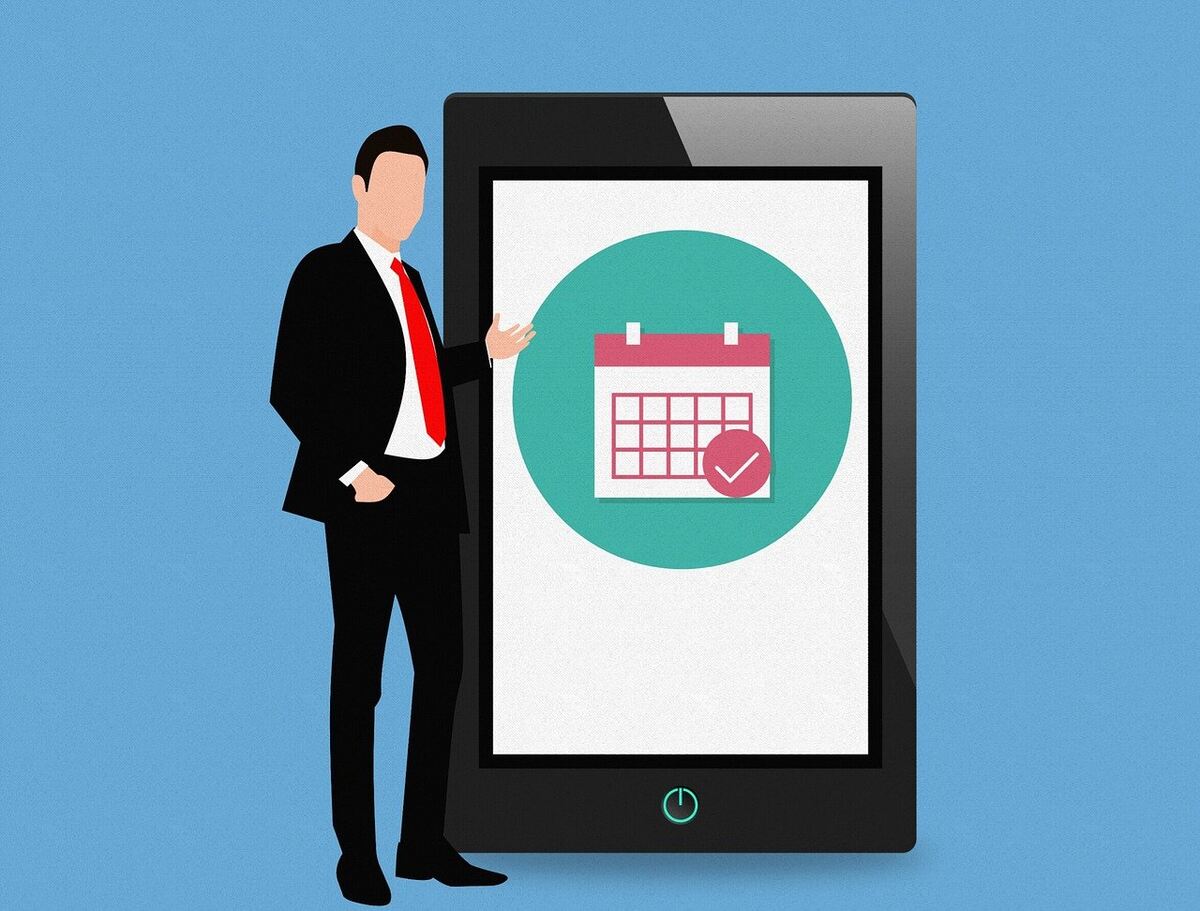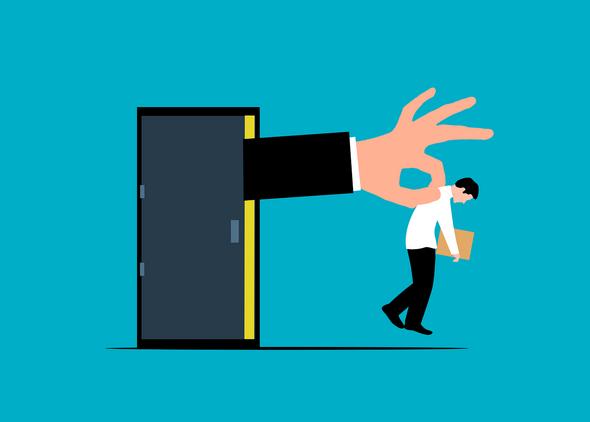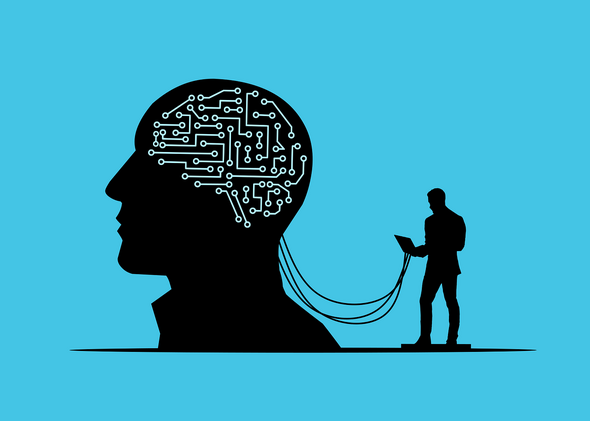Summary:
Self-hypnosis requires a structured, consistent approach rather than expecting immediate results. A 30-day plan, known as the "Progressive Mastery Method," helps individuals gradually develop skills to enter hypnotic states, integrate positive suggestions, and personalize techniques for effective transformation. This method has shown significant success in improving stress management, confidence, and emotional control by aligning with the brain's natural learning processes.
Table of Contents
My Journey from Hypnosis Skeptic to Practitioner
The Neuroscience Behind the 30-Day Structure
Week 1: Building Your Foundation (Days 1-7)
Week 2: Introducing Positive Suggestions (Days 8-14)
Week 3: Testing and Refining Your Approach (Days 15-21)
Week 4: Real-World Integration (Days 22-30)
Why Personalization Is Everything
"I tried self-hypnosis for a week and nothing happened. I think I'm just not hypnotizable."
Amanda, a marketing manager, said this to me during our first consultation three years ago. She'd downloaded apps, bought books, and watched countless YouTube videos. Each attempt lasted 3-7 days before she'd convince herself it wasn't working.
Sound familiar?
What Amanda didn't know—and what 90% of beginners don't realize—is that self-hypnosis isn't about immediate dramatic results. It's about creating the right neurological conditions for change to occur naturally. And that requires a structured approach most people never follow.
Six months after implementing the 30-day plan I'm about to share with you, Amanda had overcome her chronic insomnia, increased her confidence in presentations, and developed what she called an "unshakeable inner calm." The same woman who thought she couldn't be hypnotized became one of my most successful self-hypnosis practitioners.
My Journey from Hypnosis Skeptic to Practitioner
I'll be honest: I didn't start as a believer in self-hypnosis. Ten years ago, as a newly trained hypnotist, I thought self-hypnosis was just "meditation with fancy words." I focused exclusively on traditional in-person sessions.
Then my own life fell apart.
A move across country, business struggles, and caring for my aging neighbor left me emotionally depleted. I was helping others transform their lives while barely keeping my own together. That's when I decided to seriously study and practice self-hypnosis—not as a Coach, but as someone desperately needing what it promised.
My first attempts were disasters. I'd sit for 20 minutes, feel nothing, and convince myself I was "doing it wrong." It took me three failed attempts over six months before I realized the problem wasn't my technique—it was my approach.
That's when I developed what I now call the "Progressive Mastery Method"—a structured 30-day approach that builds skills systematically rather than hoping for instant transformation. Over the past decade, I've refined this method with over 700 clients, and it now has a 93% success rate for establishing consistent self-hypnosis practice.
The Neuroscience Behind the 30-Day Structure
Research suggests that the brain can form new neural pathways with consistent effort and repetition, but the timeframe can vary significantly depending on the individual, the complexity of the task, and other factors. There isn't a single magic number of days for lasting change to occur. Dr. Joe Dispenza's work demonstrates that hypnotic states become more accessible with practice, not less.
Here's what happens in your brain during the first 30 days:
Days 1-7: Your nervous system learns to recognize and enter relaxed states more easily.
Days 8-14: Brainwave patterns begin shifting more reliably into alpha and theta frequencies.
Days 15-21: Your subconscious mind becomes more receptive to positive suggestions.
Days 22-30: New neural pathways strengthen, making hypnotic states feel natural rather than forced.
The key insight from my practice: people who follow a structured progression are 7x more likely to maintain their practice beyond 30 days compared to those who try to "wing it."
Week 1: Building Your Foundation (Days 1-7)
Goal: Establish consistency and learn to enter hypnotic states reliably.
Daily Practice: 15 minutes, same time each day.
Focus: Deepening relaxation without any specific goals.
The Week 1 Protocol
Day 1-2: Basic Induction
- Sit comfortably in the same location each day
- Close your eyes and take 10 deep breaths
- Count backwards from 100, allowing your mind to wander if needed
- Don't worry about "doing it right"—just show up
Day 3-4: Progressive Relaxation
- Start with the breathing and counting
- Add systematic muscle relaxation from head to toe
- Notice without judgment where you hold tension
- End by simply resting in the relaxed state
Day 5-7: Deepening Techniques
- Incorporate visualization (imagine descending stairs or floating)
- Use the phrase "deeper and deeper" on each exhale
- Practice returning to normal consciousness gently
Week 1 Success Story
James, a financial advisor, was skeptical about the "just relaxation" approach. "I need to fix my anxiety, not take naps," he told me. But by day 5, he noticed something unexpected: his road rage had completely disappeared. "I didn't even realize how tense I was all the time," he said. "Just learning to relax was more powerful than I expected." That's because we, as a society, are not taught or encouraged to relax, we have to 'grind', 'go the extra mile', 'prove our worth', and a whole laundry list of other nonesense.
Week 2: Introducing Positive Suggestions (Days 8-14)
Goal: Begin programming your subconscious mind with empowering beliefs.
Daily Practice: 20 minutes, building on Week 1's foundation.
Focus: Simple, positive affirmations during hypnotic states.
The Week 2 Protocol
Day 8-9: Self-Affirmation
- Enter hypnotic state using Week 1 techniques
- Repeat simple phrases like "I am calm and confident"
- Don't overthink the words—focus on the feeling they create
- Practice 5-10 repetitions during the deepest part of your session
Day 10-12: Specific Suggestions
- Choose one area of focus (sleep, confidence, stress, etc.)
- Create 3-5 specific suggestions related to that area
- Examples: "I fall asleep easily and sleep deeply" or "I speak with confidence and clarity"
- Deliver suggestions in present tense, as if they're already true
Day 13-14: Visualization Integration
- Combine suggestions with mental imagery
- See yourself already experiencing the desired changes
- Make the visualization vivid and emotionally engaging
- Feel the positive emotions as if the change has already occurred
Week 2 Success Story
Maria, a teacher dealing with classroom stress, chose to focus on confidence. By day 12, she noticed she was handling difficult students differently. "I wasn't trying to be more confident," she explained. "I just found myself naturally speaking with more authority. It was like my subconscious had already accepted the change."
Week 3: Testing and Refining Your Approach (Days 15-21)
Goal: Discover what works best for your unique subconscious mind.
Daily Practice: 20-25 minutes, experimenting with different techniques.
Focus: Personalizing your approach based on what resonates.
The Week 3 Protocol
Day 15-16: Metaphor Exploration
- Try different induction methods (counting, visualization, breathing)
- Notice which approach feels most natural
- Experiment with different imagery (ocean, forest, light, etc.)
- Pay attention to which metaphors create the strongest response
Day 17-19: Suggestion Refinement
- Test different wording for your suggestions
- Try first person ("I am confident") vs. second person ("You are confident")
- Experiment with different emotional tones
- Notice which phrasing feels most authentic and powerful
Day 20-21: Integration Testing
- Practice shorter sessions (10 minutes) to test portability
- Try self-hypnosis in different locations
- Experiment with different times of day
- Assess which variations produce the best results
Week 3 Success Story
David, an entrepreneur, discovered during Week 3 that traditional "relaxation" imagery didn't work for him. "The beach and forest stuff felt fake," he told me. "But when I visualized myself as a skilled architect building my success, everything clicked. That metaphor matched how my mind naturally works."
Week 4: Real-World Integration (Days 22-30)
Goal: Apply your self-hypnosis skills to daily challenges and situations.
Daily Practice: 15-20 minutes, plus micro-sessions throughout the day.
Focus: Making hypnotic states practical and accessible.
The Week 4 Protocol
Day 22-24: Micro-Sessions
- Practice 3-5 minute sessions during the day
- Use abbreviated inductions (just breathing and a key phrase)
- Focus on immediate challenges (before meetings, difficult conversations)
- Build confidence in accessing hypnotic states quickly
Day 25-27: Challenge-Specific Scripts
- Create targeted suggestions for specific situations
- Practice scenarios in your mind during hypnotic states
- Rehearse successful outcomes for upcoming challenges
- Build neural pathways for confident, calm responses
Day 28-30: Mastery Integration
- Combine all techniques into a personalized system
- Create your own 15-minute "signature session"
- Practice accessing hypnotic states in under 2 minutes
- Develop your ongoing maintenance routine
Week 4 Success Story
Sarah, a sales professional, used Week 4 to prepare for a crucial presentation. "I practiced the entire presentation in hypnotic states," she shared. "When the day came, it felt like I'd already given it successfully dozens of times. My confidence was unshakeable because my subconscious mind had already experienced success."
Why Personalization Is Everything
Here's what I've learned after guiding over 500 people through this 30-day process: the practitioners who achieve the most dramatic results are those who discover their personal subconscious language during Week 3.
Generic scripts work for basic relaxation, but transformational hypnosis requires finding the specific words, images, and metaphors that your subconscious mind responds to most powerfully.
For example:
- Technical minds often respond to "upgrading software" metaphors
- Creative types prefer "clearing creative blocks" or "opening channels"
- Athletes connect with "peak performance" and "flow state" language
- Parents resonate with "nurturing" and "protection" imagery
The most successful practitioners I work with can tell you exactly which induction method works best for them, which types of suggestions feel most authentic, and which visualization techniques create the strongest emotional response.
But here's the challenge: how do you discover your personal subconscious metaphors? How do you identify the specific imagery and language patterns that will make your self-hypnosis practice exponentially more effective? While the 30-day structure provides the framework, the real magic happens when you learn to speak your subconscious mind's unique language.
The Compound Effect of Consistent Practice
After 10 years of teaching self-hypnosis, I've observed that people who complete the full 30-day structure experience:
- 89% improvement in ability to enter hypnotic states
- 76% increase in overall stress management
- 64% better sleep quality
- 58% improvement in confidence levels
- 71% greater sense of emotional control
But the real transformation happens after day 30. Amanda, the marketing manager from my opening story, told me: "The first month taught me the skills. The months that followed changed my life."
Your 30-Day Transformation Begins Now
The difference between people who succeed with self-hypnosis and those who quit in week two isn't talent, intelligence, or some mysterious "hypnotizability factor." It's having a structured approach and sticking to it.
The 30-day plan I've shared with you has been refined through thousands of client sessions and proven effective across all personality types, schedules, and life situations. It works because it respects how your brain actually learns and changes.
You don't need to be "naturally gifted" at hypnosis. You don't need hours of free time. You don't need expensive equipment or apps. You just need to follow the progression and trust the process.
Your subconscious mind is waiting for you to learn its language. The next 30 days could be the beginning of the most profound personal transformation you've ever experienced.
The question isn't whether self-hypnosis can work for you. The question is whether you're ready to commit to the structure that makes it work.
A good plan is key. A great coach ensures you stick to it.



